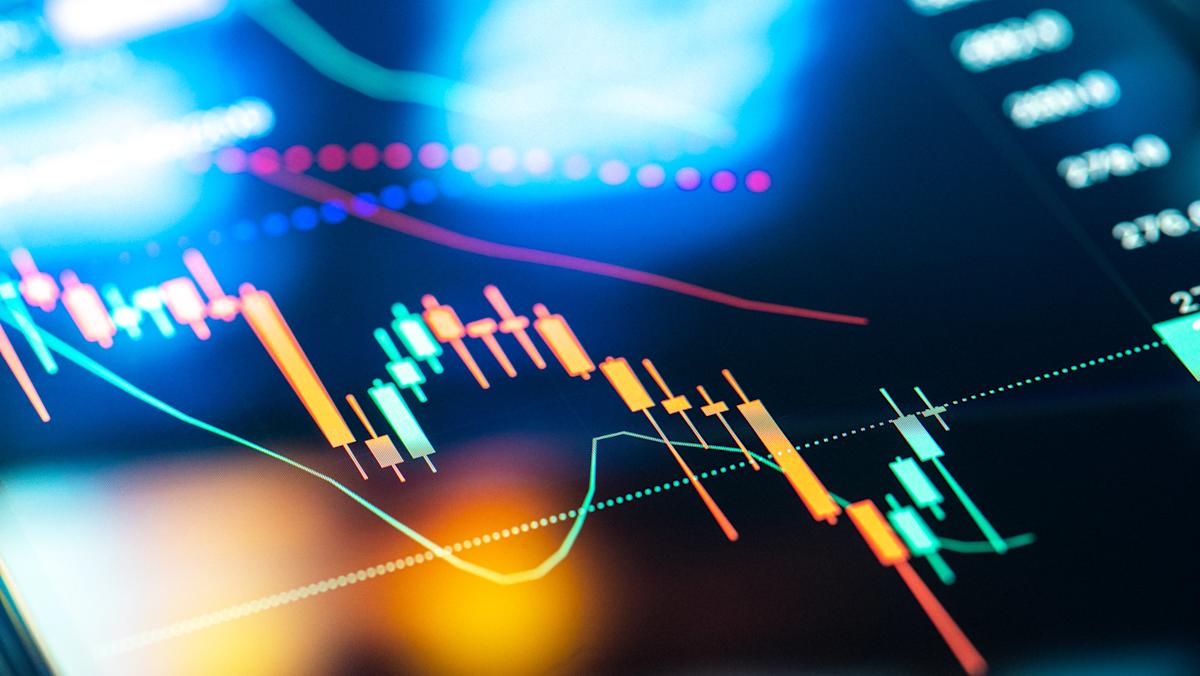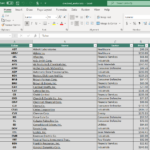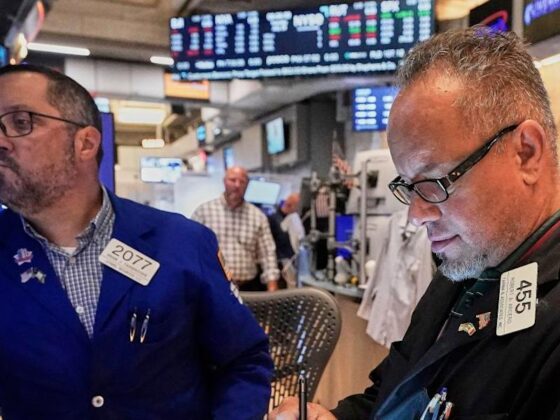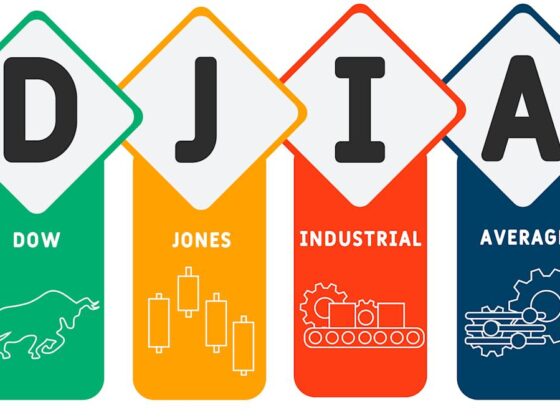00:00 Speaker A
With July coming to an end and August trading right around the corner in today's episode of stocks and translation, we are taking a look at seasonality for the month of August. And again, these are just the recurring patterns that we tend to see built in the market over time, not an exact science and sometimes these patterns shift, but this is what I'm looking at right now. So here we have each of the 12 months, January through December, and this goes back to 1990. This shows the median returns, kind of similar to an average in green bars. And then in white, those white squares there, that is the percent positive. And what you're going to see here, August, notice August, these returns uh are not that spectacular. It's under half a percent. It's not negative the way September is, but in fact, it is the third worst month of the year, and we're looking at a percent positive of only about 54%. And as a background reminder, I like to see that number above 70% because stocks usually go up. Uh, so August usually not the best month. What you want to see is what tends to happen in March, April and May here with nice positive returns, or October, November, even December here. But if you remember, March and April were not that great this year. So that is another reminder that seasonality, uh, sometimes seasonality gets bucked and things can intervene and markets can go their own way. And of course, the tariffs with a brand new president this year with Trump and the tariffs, all of that took a a u-turn. And uh this is the u that we were looking at in the market right here. This is in white, what we have seen year to date in the 20 in the S&P 500. Now, in blue and in green, I have two different maps. So the blue is a median since 1990. That matches what we were just looking at in that first chart. The green is another way of looking at the market and the seasonality. This goes back to 1928, and I'm only using the days when it's the same day of the week. So for instance, today is Monday, July 28th. I'm only looking at those Monday, July 28ths going all the way back to 1928. So it's just a small subset of those years. But nevertheless, I found this particular way of looking at seasonality has very powerful predictive effects because it tends to track the holidays that we've seen in years past and 401K flows and all the things that affect seasonality. So what I'm seeing right here is we are right in the market right here, we tend not to have a stumble in this market model until we get to early October. And October, as I've said many times before is primetime crash season. We actually get an uptick in volatility in September, but September, October, November are the months are the those months that you want to kind of watch out for. So now I'm going to zoom in on August alone, and I have these same these same two market maps that we were looking at before. Since 1928, same day of the week, that's in green here, and then since 1990, that is in blue. And what you're going to notice is we start off the month on a down beat. That very first day tends to be historically negative. Uh, but then in both of these models, we eventually climb out from under the underwater. In the blue model, since 1990, it takes about half of the month, and we finally get there about 15th or 16th of the month. And then in the other model, since 1928, same day of the week, we get to positive bit positive territory a little bit earlier, and uh we end the month month a bit higher. So we could have lackluster returns and of course anything could actually happen. We could have new tariff uh news that intervenes and takes the market down again. We could have something like a very optimistic or dovish fed this week that sends the market higher. But any case, we want I do want to close here with a bonus. And this is US dollar index seasonality. And I'm including it here because I have these two very similar models to what we were looking at before. Instead of 1990, I'm going all the way back to 1970 in blue. And then in green, I have uh since 1971, those years with the same day of the week. And I'm going to trace out that green. This is a model that I'm really paying attention to. It turns up right now, right at the end of July into early August, and it's and it sends higher basically into the beginning of of October here. And what does a US dollar, what does a higher US dollar mean? Well, that tends to disrupt a lot of risk markets. Sometimes is it's an impediment to the you uh sometimes it's an impediment to stocks going higher, commodities and crypto as well. And with all the bearishness on the US dollar and I totally buy that case, uh I think the positioning and the sentiment is such, it's so bearish that we could actually see a strong uplegs. So that's something I'm going to be alert for, on alert for in the month of August. So tune into stocks and translation, the podcast for more jargon busting deep dives. New episodes can be found on Tuesdays and Thursdays on Yahoo Finance website or wherever you find your podcast.













